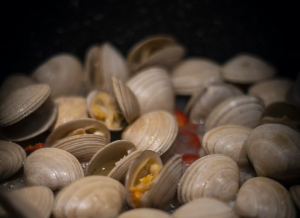The linear polysaccharide chitosan, commonly used in dressings, hydrogels, and nerve regeneration implants, is now being eyed by researchers for an entirely new medical purpose: birth control. According to a paper recently published in Science Translational Medicine, the shellfish-derived compound has proven crucial to developing a new non-hormonal contraceptive, as it organically reinforces the vaginal mucus barrier. A test using the gel in eight ovulating sheep saw only one of them with sperm in its uterus by the end of the treatment, but only two sperm total were found.
“This study demonstrates the basis for a new mechanism of action for contraception. This would be the first one since hormonal contraception in the 1960s,” said Dr. Thomas Crouzier of Sweden’s Royal Institute of Technology, who also led the research effort. “This could mean topical reinforcement of cervical mucus could be the basis for a new class of contraceptives and finally provide a very desirable alternative for the millions of women wanting better non-hormonal alternatives.”
The idea was hatched by an entrepreneur who had been looking into what might constitute the ideal contraceptive from the perspective of the user, but didn’t have a handle on what technology would fit into the solution. Dr. Crouzier brought in the concept of mucus engineering, and it was quickly apparent that the two had a potential breakthrough on their hands.
A company known as Cirqle Biomedical was launched in 2018 to take the product through development, and it recently stepped into a $360 million research and licensing agreement with Merck offshoot Organon, which focuses on reproductive health and makes Nexplanon and NuvaRing — two popular, if traditional, contraceptives.
Organon is now tasked with helping to complete preclinical studies for the chitosan contraceptive, with the ultimate goal of advancing it into clinical trials in the near future.























